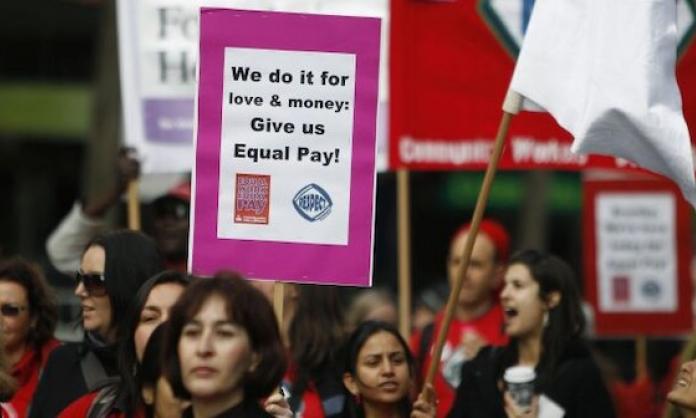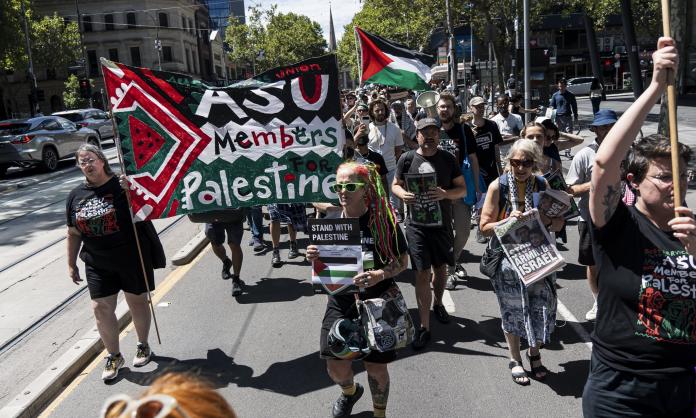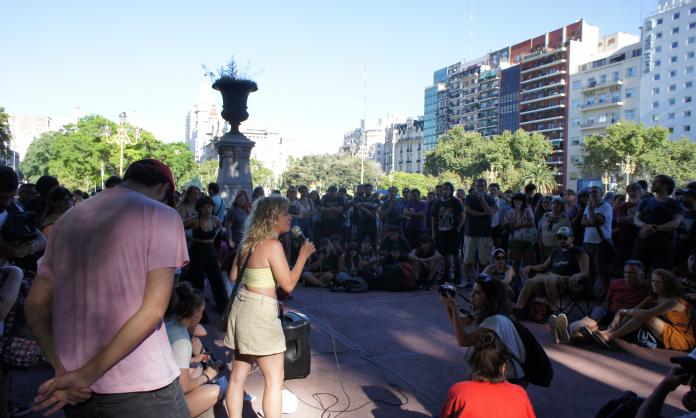After a long and hard-fought campaign, Bureau of Meteorology (BoM) staff have voted in favour of a new enterprise agreement. The 3 July vote was carried by the slimmest of margins – just 36 votes. It was the fourth time staff had been asked to vote on a proposed agreement in as many years. All three previous votes returned decisive results against the deals on offer.
The new agreement is seen widely by staff as a bad deal. Some conditions have been saved, but at the loss of real wages. A 51 percent vote in favour is not an endorsement; it’s a sign of a divided workforce that can’t see a compelling alternative to what’s on offer. In the end, BoM workers were starved out.
BoM management have stuck to the restrictive bargaining policy imposed on all Australian public service agencies since 2014. It mandates that workplace agreements contain “no enhancements” and that pay increases be capped at 6 percent over three years, with no back pay.
The “no enhancements” clause ensured that nothing substantial was gained by bureau staff in this agreement. All of the wins were in holding off some attacks on existing conditions. However, lack of compensation for the four-year gap since the old agreement expired means that these conditions have been paid for in forgone wages – an almost 10 percent pay cut in real terms is now locked in. And not all attacks could be staved off. Rights for union delegates have been curtailed. One of the biggest losses is changes to travel allowances. The more than 100 technical staff who travel to maintain automatic weather stations and radars stand to lose thousands of dollars each year because of cuts.
After five years of wage suppression, sentiment among staff at the BoM was that pay was the central issue. Delegates produced excellent material exposing the scale of the pay cut employees had suffered. Winning on this issue would have required a change to the bargaining policy. But in May a decision was made by the CPSU national leadership – headed by Nadine Flood – to seek a settlement within the policy, choosing to focus instead on protecting consultation rights.
The union offered to take a neutral position on an offer if its consultation proposal was met. The final offer from management did not concede this, but by then the sense of resignation had taken its toll. Without the case being made to fight on for a better pay deal via a changed bargaining policy, the final ballot result was no surprise.
Several short strikes were held in the first few years of the campaign. As things dragged on, serious industrial action was ramped up in 2017. This included union members timing half-hour stop-works for maximum disruption and reading statements during live radio crosses. BoM management used considerable resources to work around these actions, blowing overtime budgets and prohibiting union members from doing radio crosses.
In April 2018, delegates from all three workplace unions (CPSU, ETU and Professional Australia) organised rallies and mass meetings at BoM sites across the country. These events were well attended and helped to energise the campaign. Afterwards, BoM employees and supporters rallied outside of head office in Melbourne.
Later in 2018, delegates pushed for a second protected action ballot to authorise an expanded range of work bans, including a refusal to attend meetings; a ban on work-related travel that was designed to cripple the maintenance of the observations network; and the insertion of union messages and hashtags in BoM tweets and forecasts.
Public-good services like the BoM are valued in the community, and this was reflected in support for the union’s social media campaign and petition. The hope was that the public nature of the campaign would help ratchet up political pressure on the government.
When industrial action ramped up in earnest in 2017, management started making concessions. The work bans and strikes were a first for many workers at the BoM – a taste of real power in the workplace. Unfortunately, the second (higher impact) work bans were in place for only several weeks before BoM management forced the vote. One of the lessons from this campaign is that it is important to escalate to real, high impact industrial action faster, to force concessions and a resolution earlier.
While the leadership of the union movement is pouring resources into the campaign to Change the Rules, all of the actions taken at BoM were within the current restrictive rules. The rules are bad, but a timid union leadership is at least as much of a brake on activity.
The campaign at BoM was high profile, and the industrial action engaged the wider community, inspiring union members across the country. It didn’t result in a victory, but the long dispute has developed a new generation of delegates who took the lead in organising industrial action. It has inspired a new layer of confident union members who have learned that action gets results. The challenge over the next period will be to overcome the immediate sense of defeat associated with the dispute’s resolution and to focus on rebuilding a network of rank and file union activists for future struggles.










